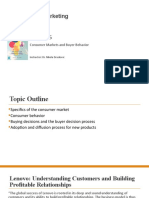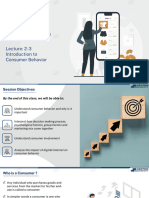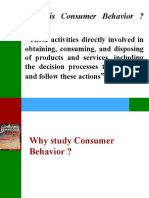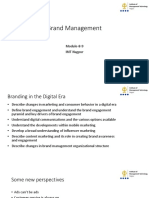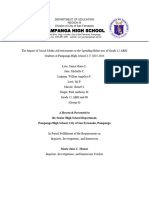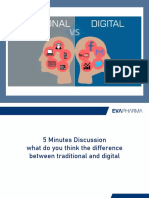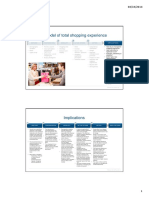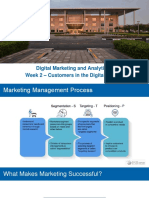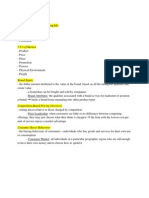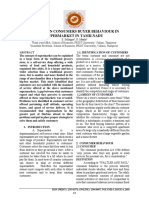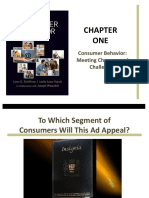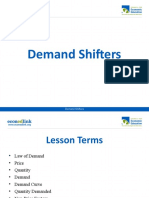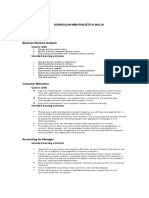0% found this document useful (0 votes)
7 views61 pagesWeek 3
The document outlines the syllabus adjustments and agenda for a course on Digital Consumer Behavior for Spring 2025, emphasizing group participation and individual presentations. It covers key concepts in consumer behavior, digital trends, and viral marketing, highlighting the influence of digital culture, technology, and shared stories on consumer decisions. Additionally, it discusses the stages of the consumer decision-making process and the factors that contribute to viral marketing success.
Uploaded by
陳影彤Copyright
© © All Rights Reserved
We take content rights seriously. If you suspect this is your content, claim it here.
Available Formats
Download as PDF, TXT or read online on Scribd
0% found this document useful (0 votes)
7 views61 pagesWeek 3
The document outlines the syllabus adjustments and agenda for a course on Digital Consumer Behavior for Spring 2025, emphasizing group participation and individual presentations. It covers key concepts in consumer behavior, digital trends, and viral marketing, highlighting the influence of digital culture, technology, and shared stories on consumer decisions. Additionally, it discusses the stages of the consumer decision-making process and the factors that contribute to viral marketing success.
Uploaded by
陳影彤Copyright
© © All Rights Reserved
We take content rights seriously. If you suspect this is your content, claim it here.
Available Formats
Download as PDF, TXT or read online on Scribd
/ 61

